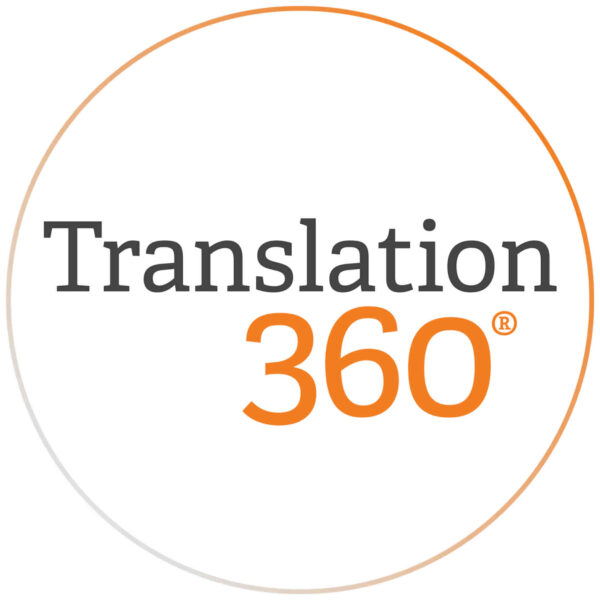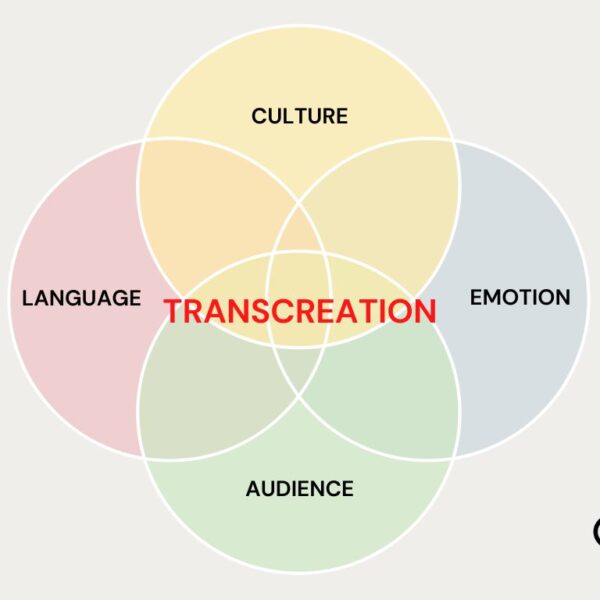What is Video Translation?

What is video translation? The process of processing the content of a video for use in another language (the target language), that will, typically, include the following steps:
- Transcription of the original audio,
- Translation into the target language, and,
- Subtitling the video, adding a voice-over track, or dubbing
Videos have been a popular way to reach target audiences online since long before the pandemic. But lately, we have seen a marked uptick in the need for translating videos.
I guess it is one of the ways the pandemic has made companies pivot and work standard situations from non-standard angles.
Here are a few examples of use cases:
- A large, multinational corporation that used to train their international workforce by sending facilitators to conduct in-person training is now using an online Learning Management System with a curriculum consisting of written documents, videos, and interactive materials and quizzes.
- A museum that has been subject to restrictions of in-person visits is improving its online presence with a library of videos and interactive content in multiple languages.
- A local government organization is conducting online information meetings for the public on topics such as Covid-19 vaccinations. The events are recorded and later posted on a website for continued use.
It is no wonder that work with audiovisual media is in demand. And we love these projects! Each is different, each more interesting than the other. So, what goes into video translation projects and what can you do to get what you need and stay on-budget and on-time?
The Original
It goes without saying that the better the quality of the original recording the easier the project will progress. In case of professionally produced videos, hold on to the original script. Having a script handy will reduce the cost as no transcript would be needed. Ask your provider for a secure method of uploading the files (such as an SFTP site).
The Deliverable
When deciding on what the final product needs to look like, consider the target audience and intended use. Subtitles or voice-over are some of the most frequently used choices. Even if you believe you know exactly what you need, it helps to discuss your project with your Language Services Provider and check if they have different or additional suggestions.
Subtitles vs. Captions
By the way, do you know the difference between subtitles and captions?
When you hear “captions”, assume the video will be used for those hard of hearing. “Subtitles”, on the other hand, are used for those who speak other languages.
Voiceover vs. Dubbing
Voiceover and dubbing are both techniques used for bringing the video experience to a new, target language audience. Voiceover is a single-voice narrative style audio that lacks the tonality and emotion of the original audio. Even if there are multiple speakers, voiceover is typically done using one voice only.
Dubbing is a technique that matches voices to the speakers by gender, approximate age, etc. Tonality and emotion are also matched, to the maximum possible degree. Expertly produced dubbing also pays attention to synchronization of audio to lip movement, etc.
Due to the use of professional recording studios and voice talent, dubbing will be the most expensive option here.
Video Translation Pricing
Prices of producing a target version of a video will be influenced by a number of factors, including:
- Length of the video
- The complexity of the original recording – one speaker vs. multiple, for example
- Quality of the recording
- Desired deliverable
- Timeline
- Target language
As far as pricing units, our own is a composite price consisting of price per minute for transcription (if needed), price per word for translation and price per hour for project work such as creation of subtitles or recording of voiceover. Others will charge project fees that may not be broken down into individual categories.
In any case, when getting videos translated, be sure to understand the process and the techniques your supplier will use to get the job done. Since many videos businesses use will have a certain marketing or branding component to them, it is also important to select a supplier you can trust will produce high-quality work.
With videos, as with any other translated materials, you may only get one shot at best impression with your target audiences.
Have questions about video translation or any other translation project? Contact us for a free, no obligation consultation.







